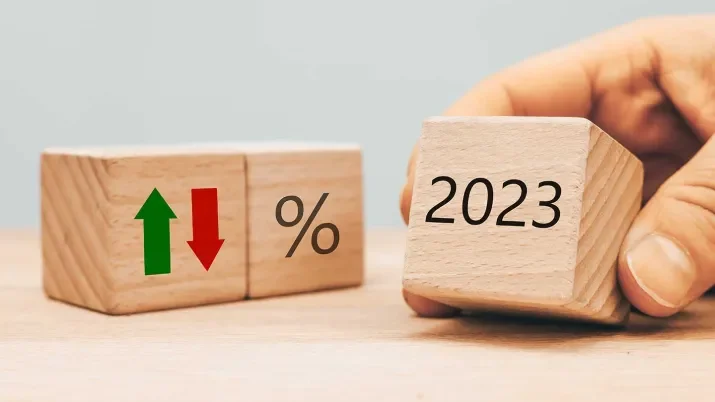Despite collapse in US oil, positive long term upside still intact
Quantitative Investments
US oil markets have come under unprecedented pressure last night and short-term relief is not in sight despite OPEC production cuts. However, the current collapse in prices should accelerate the unwinding of oversupply supporting longer dated oil that is already positioned for recovery in 2021.
Yesterday, US oil took a historic plunge by falling below zero for first time ever. To avoid physical crude oil delivery on the West Texas Intermediate (WTI) May 2020 contract expiring today, investors have been looking for buyers to roll their position into the next futures contract. Normally, this is standard procedure in oil markets. However, given limited storage capacity in the US, very few people want physical crude oil delivery, simply because nobody knows where to put it. In fact, sellers are being forced to pay buyers for taking oil off their hands. Contrary to some who have been dismissing the price collapse as a mere technical phenomenon, pressure on front-dated US oil contracts is unlikely to abate as long as inventories keep building.
OPEC: too little too late
All of this is happening despite OPEC+ abandoning their oversupply tactics last week. However, their agreement came too late, as they are now unable to prevent the market from nearing maximum storage capacity. The US market is heavily affected since US shale oil producers are not participating in any production cuts. US crude inventories showed their biggest weekly increase ever (by 19 million barrels) last week although US rig counts continue to fall. US shale producers cannot easily agree on coordinated production cuts. This is because the US shale industry is not state owned and composed of many privately held companies. In light of high debt loads, some of them are even still producing at these low prices just to get at least some money. This shows that prices need to stay lower for longer in order to dis-incentivize production.
Pressure on US oil unlikely to abate short term
The pressure on front-dated US oil contracts will continue to build until the tank tops situation is alleviated. Even if the June contract still seems stable today, it might exhibit similar behavior as the May contract and enter into sub-zero territory once it nears expiry later in May, if US shale oil producers do not reduce output. The US' most important storage hub in Cushing is currently at 55 million barrels of used storage and could reach its maximum capacity at 75 million barrels by the beginning of May if current output is maintained.
Brent more stable
Brent is less under pressure because it is not exposed to the same forces as WTI. Most importantly, Brent is cash settled and not by physical delivery. In addition, for Brent more floating storage in the form of vessels is available than for WTI which is mostly landlocked. The most nearby Brent future will expire on April 30 and should feel some selling pressure, however, to a lesser degree than WTI. Generally, OPEC cuts are more targeted towards Brent while US shale producers cannot easily agree on coordinated production cuts.
“Super-Contango” poses high risks to ETF investors in oil
Since the WTI oil futures curve has taken on an extreme form of contango at the front of the curve, an investment in ETFs can currently harbor high risks to investors who might be tempted to passively invest in oil due to ultra-low prices. Losses occur when big index trackers must roll their spot exposure upon contract expiry since they are exposed to deep negative roll returns at the front end of the futures curve. Conversely, funds offering exposure to longer dated oil show lower volatility and more attractive roll returns.
Positive upside for longer dated oil still in place
Investors who have moved out of front dated contracts already a while ago and into longer dated contracts due to a super-contango situation developing should be able to ride out this storm in oil markets. The long end of the curve should already be positioned for recovery as longer dated oil depends on longer term demand and supply factors. Demand should pick up later in 2020 again and supply should decrease as many producers will have to cut their production once maximum storage in their region is reached. This means that a collapse in prices on the front end of the curve now should speed up the long-term recovery in oil prices. The extent of the expected recovery is largely determined by capital expenditures, that are expected to decrease by 100 billion US dollars in 2020, as well as by the level of inventories.
Our carry curve positioning helps not only to navigate these markets but should also allow us to profit from the situation. This means going short on the front end of the futures curve and going long on the long end.







